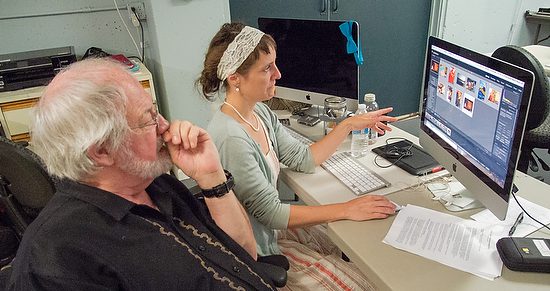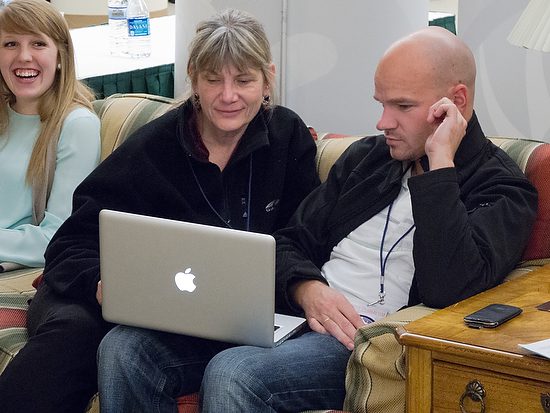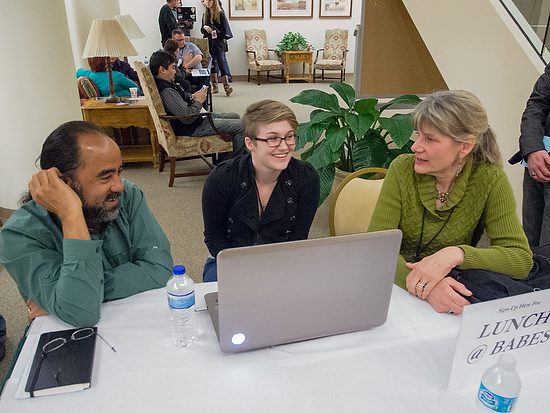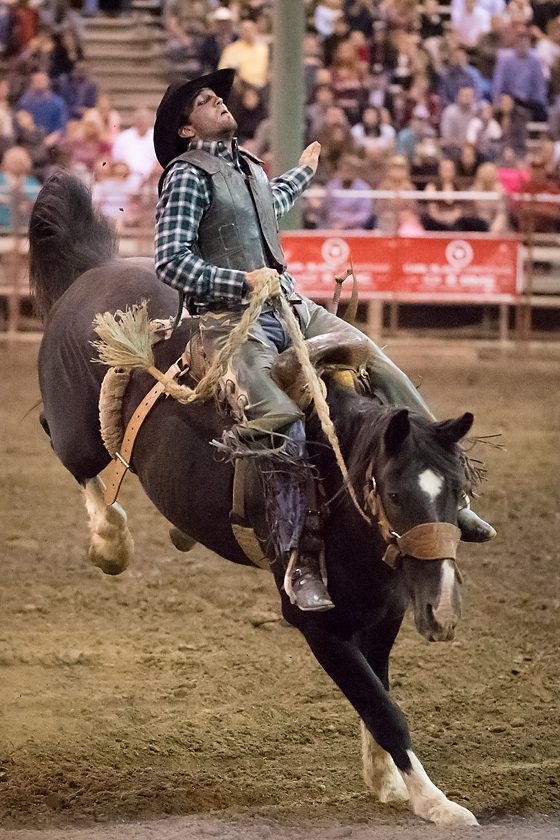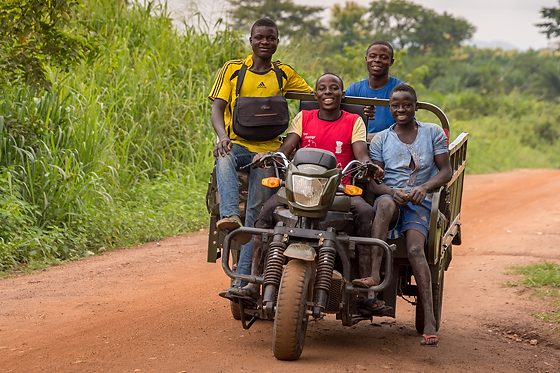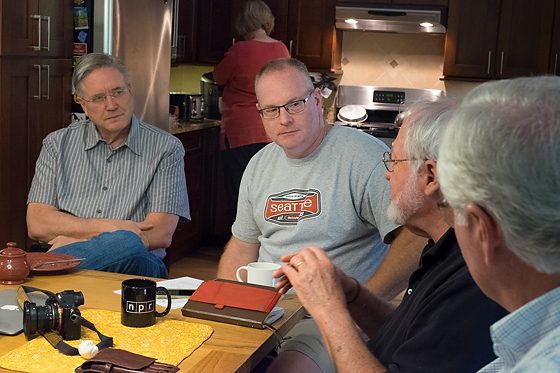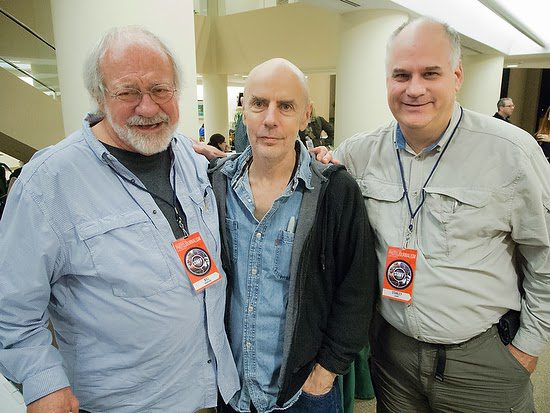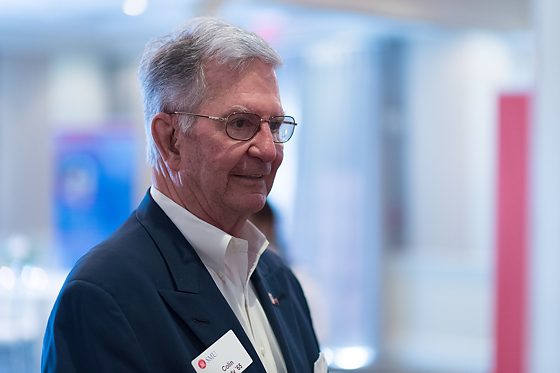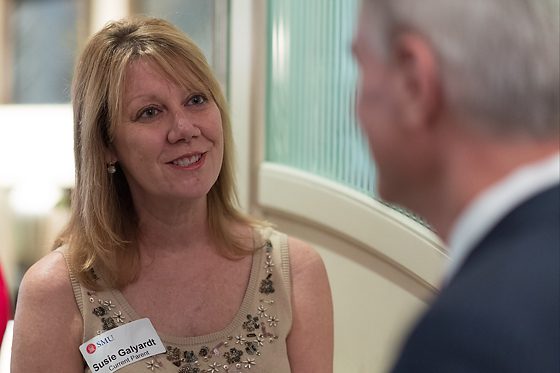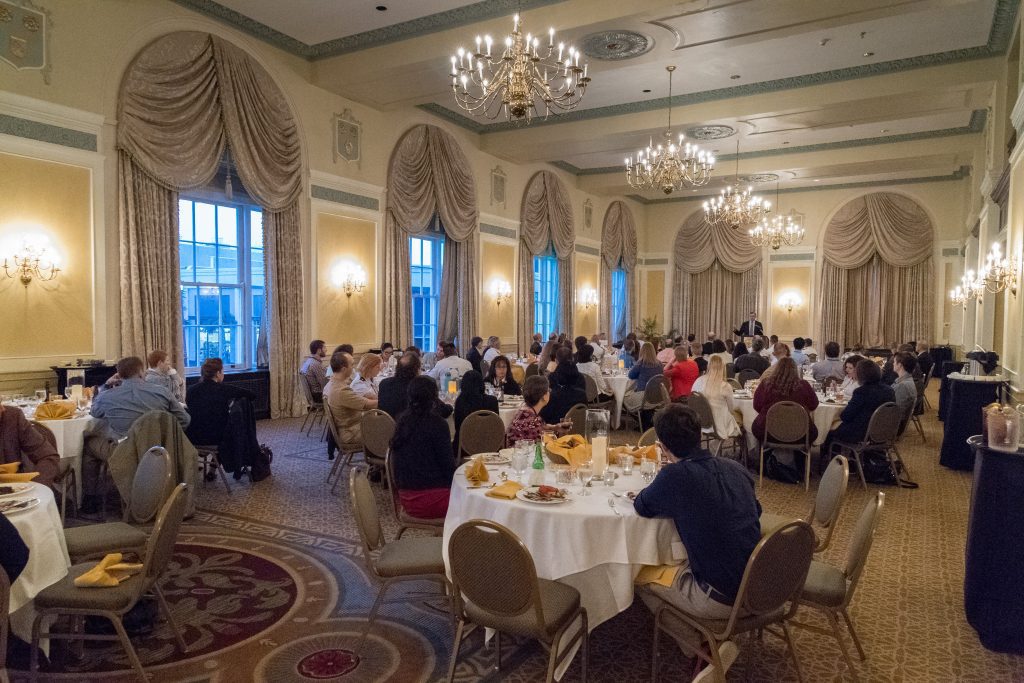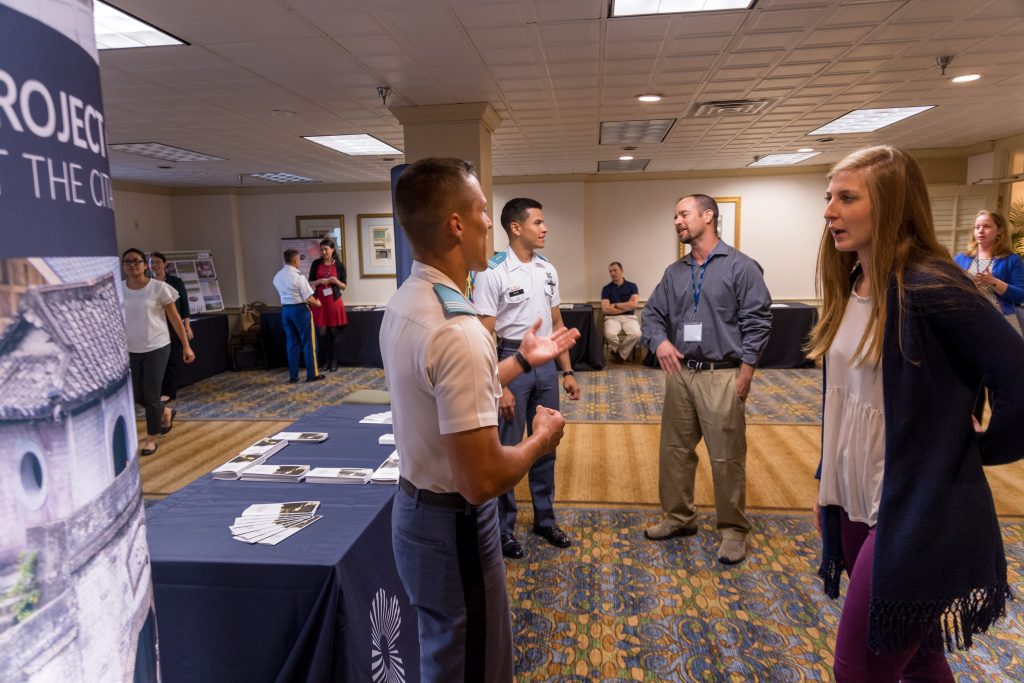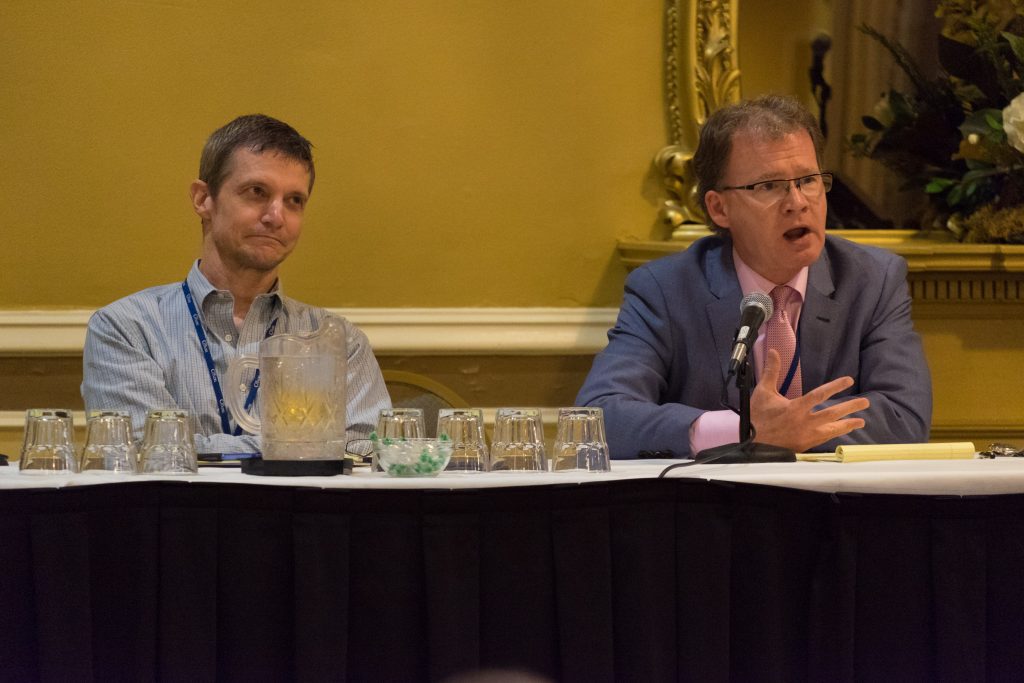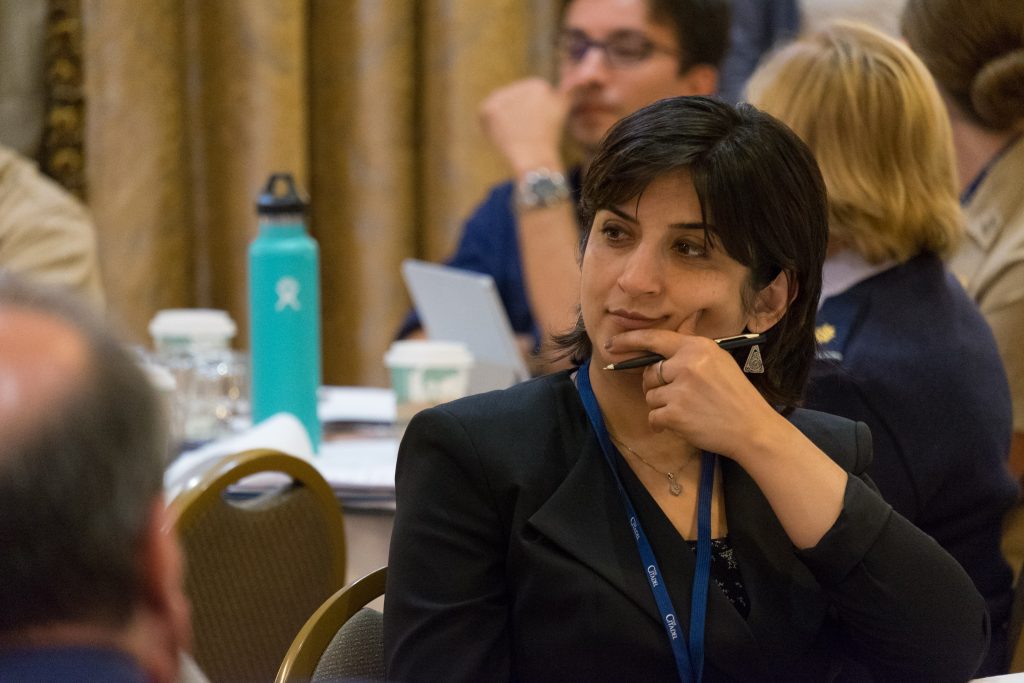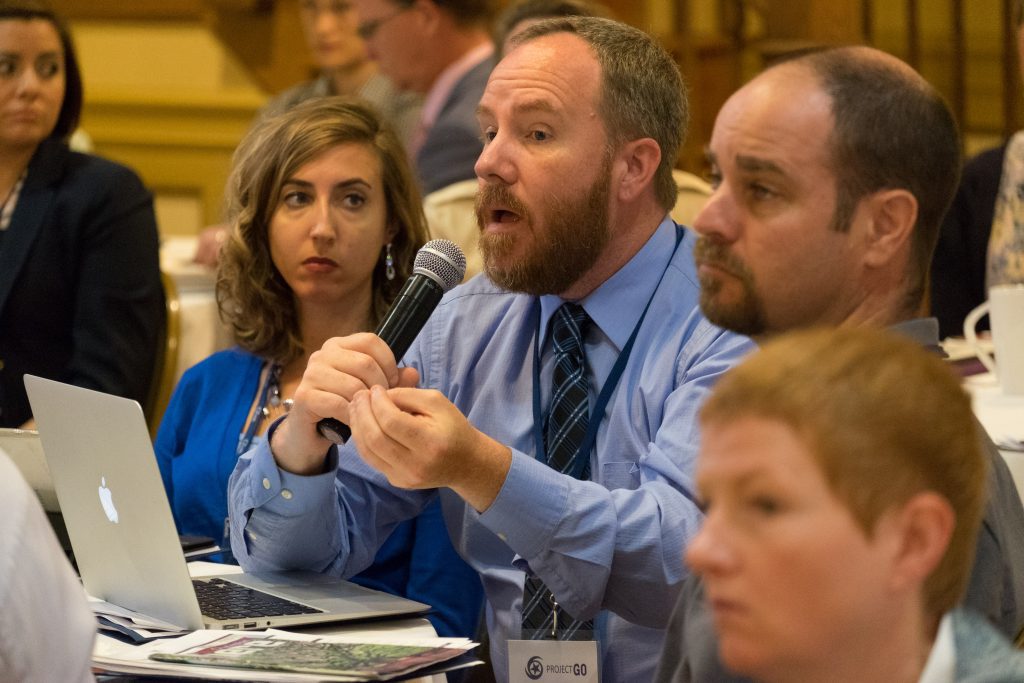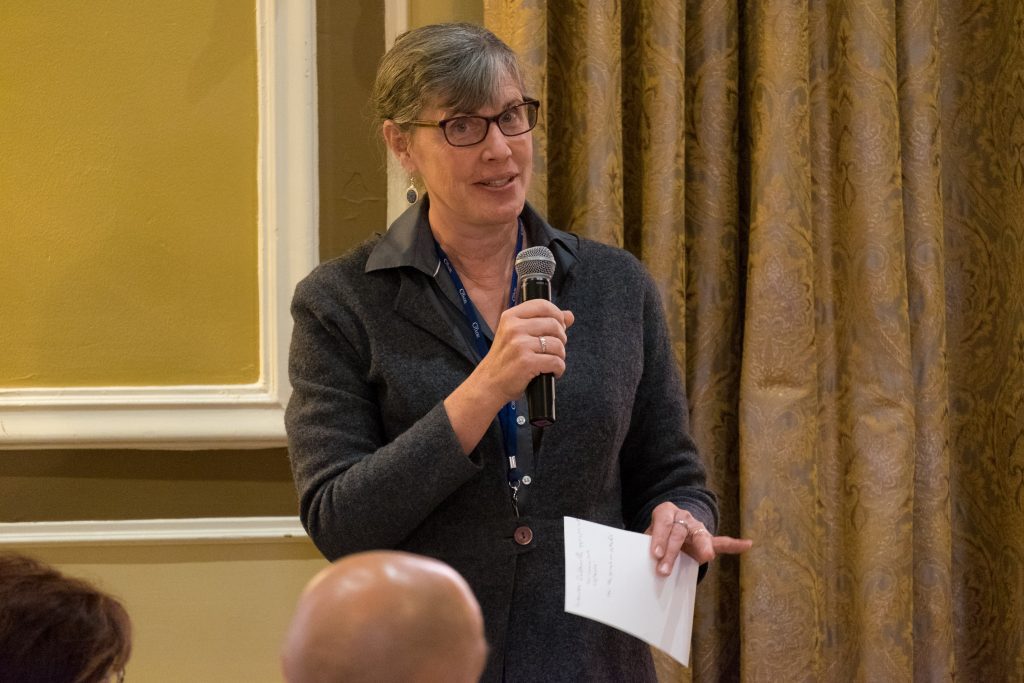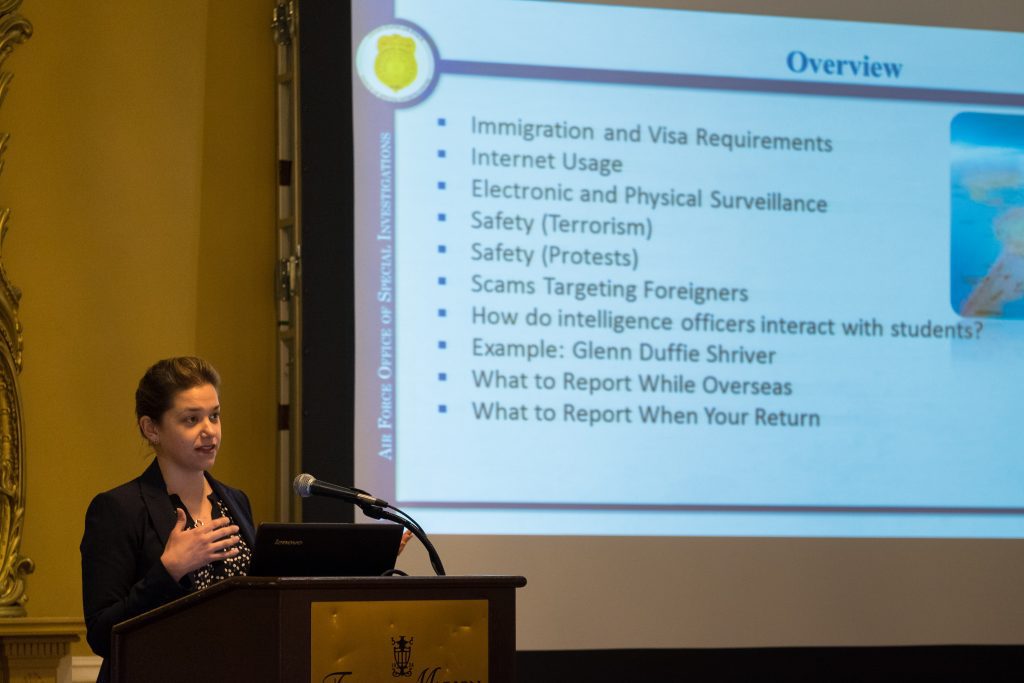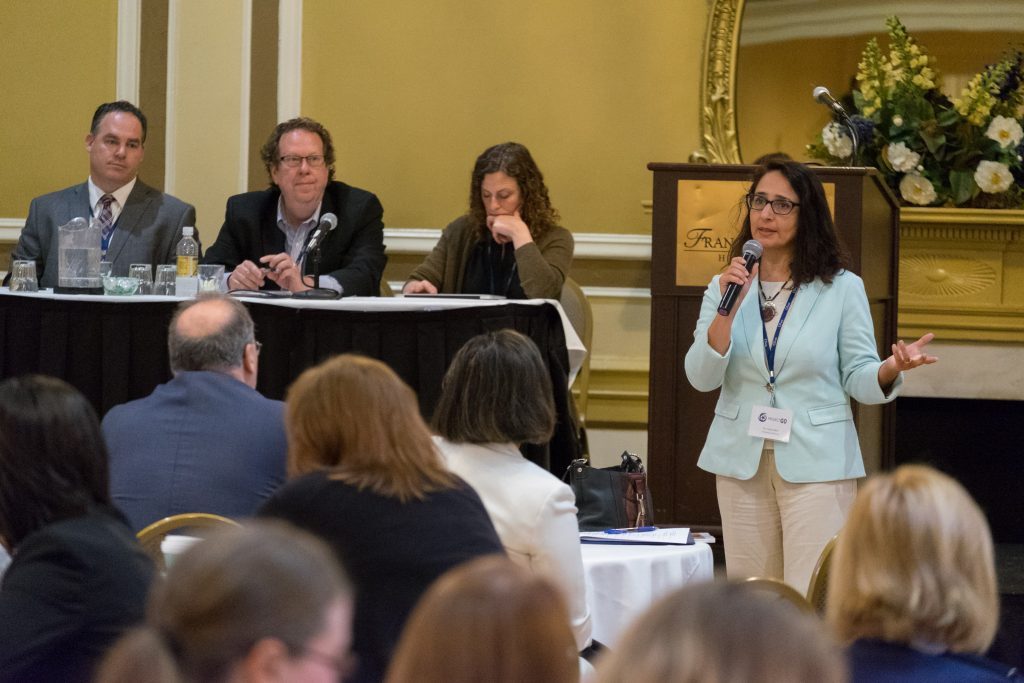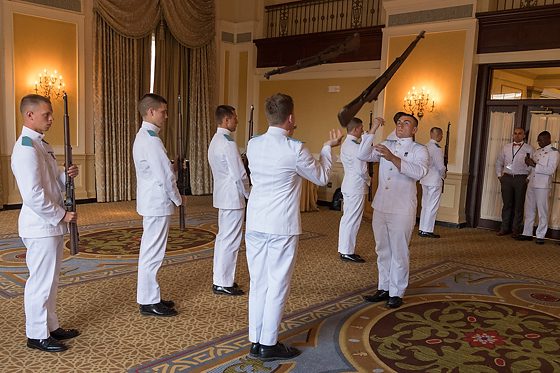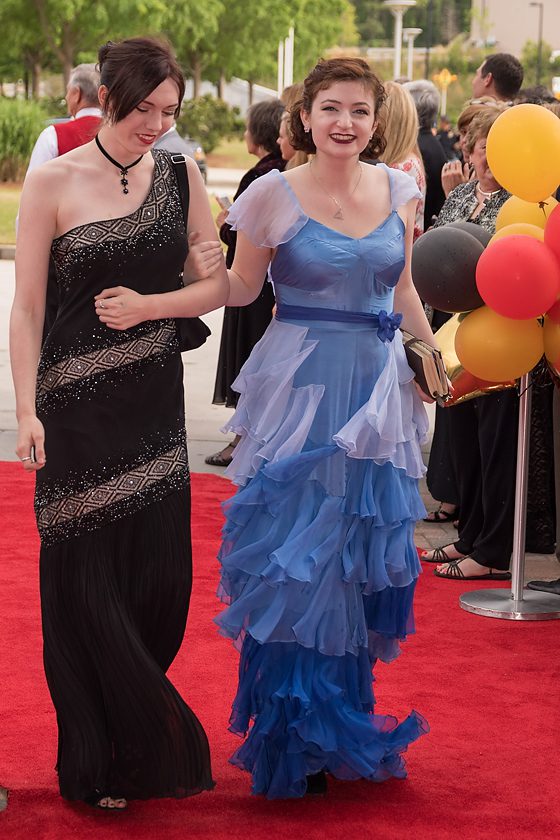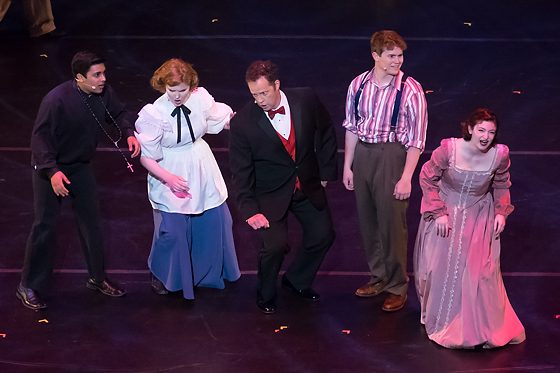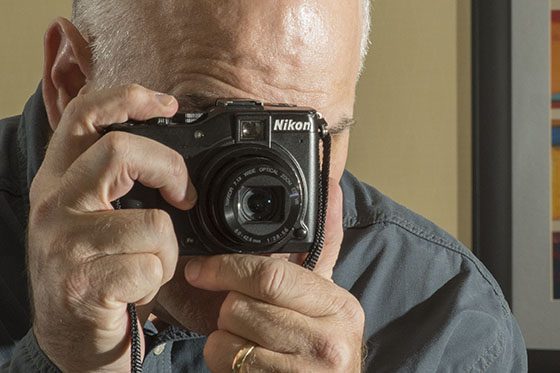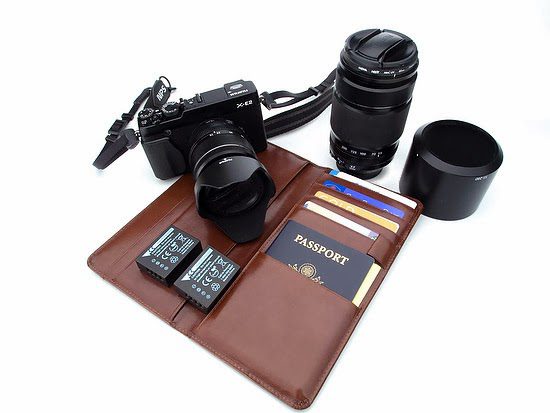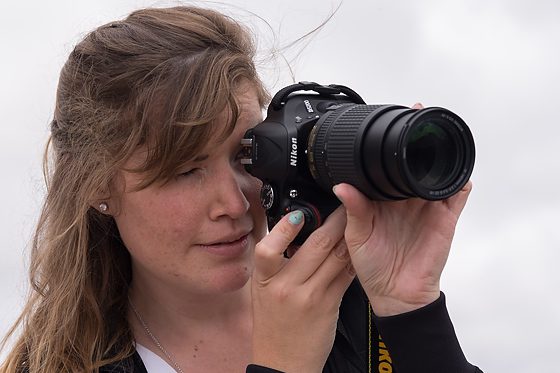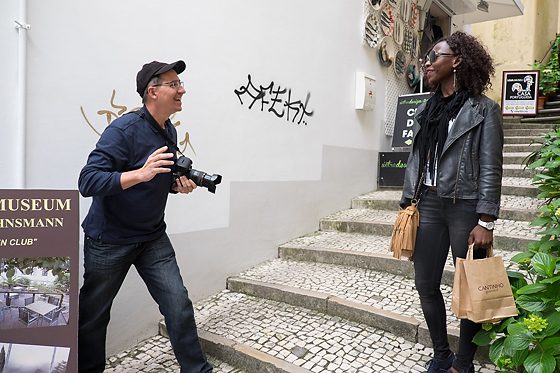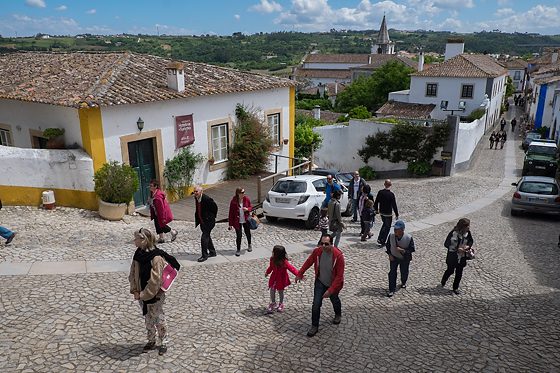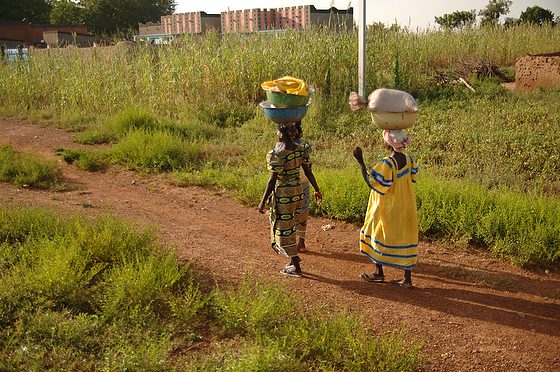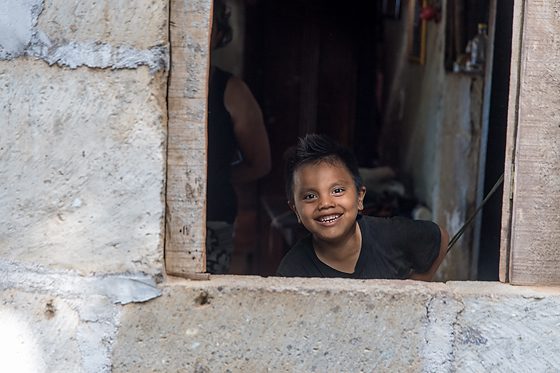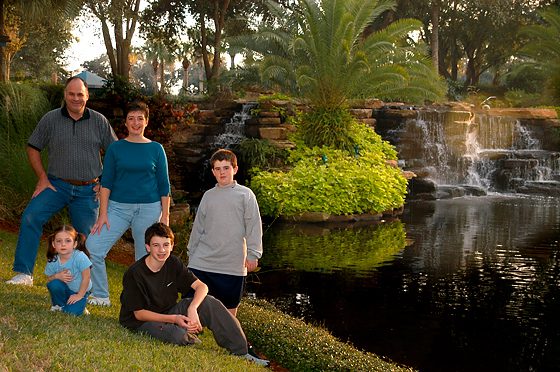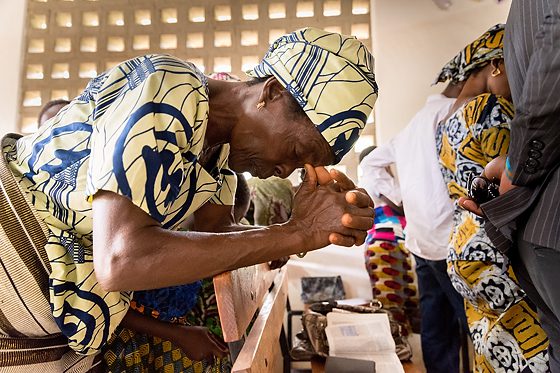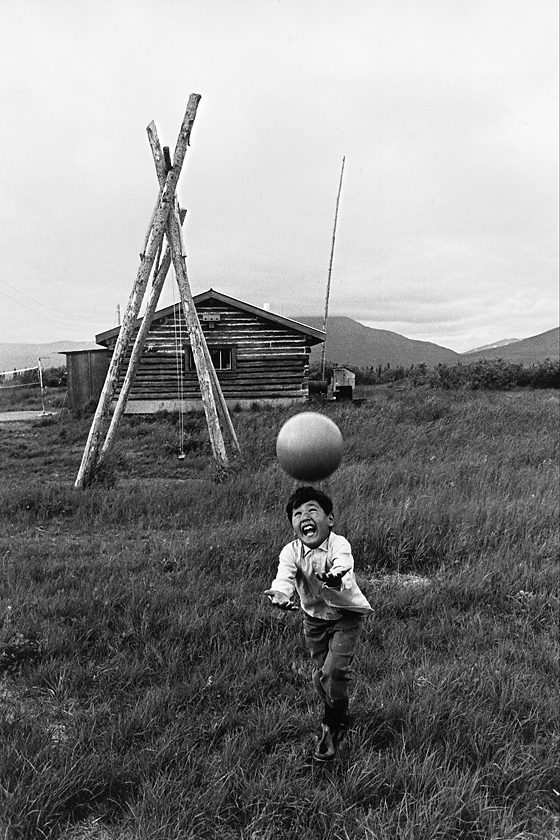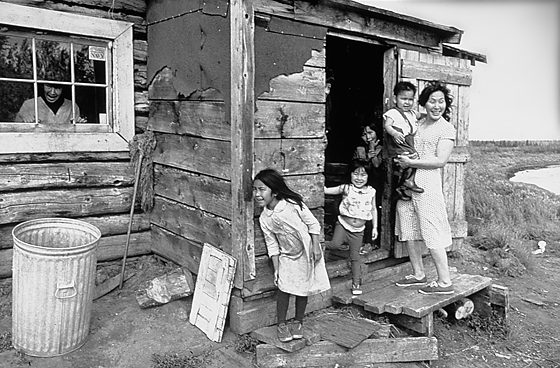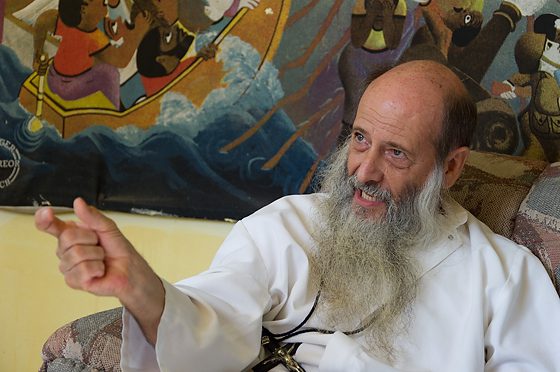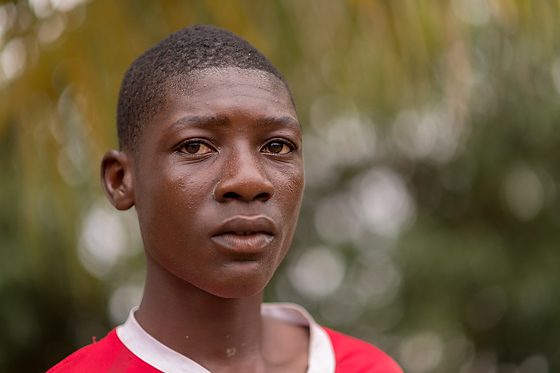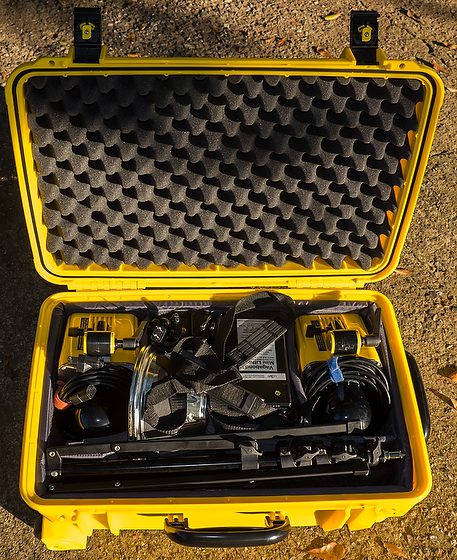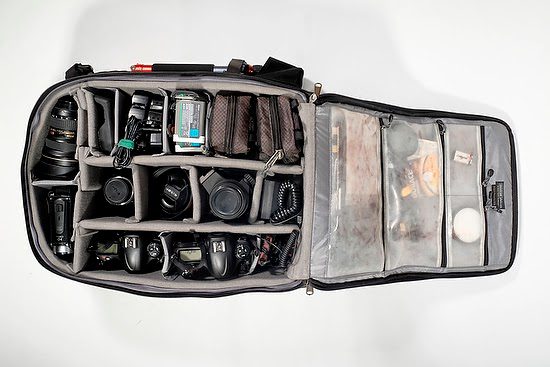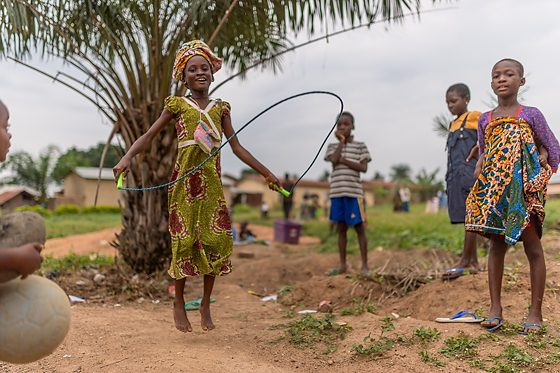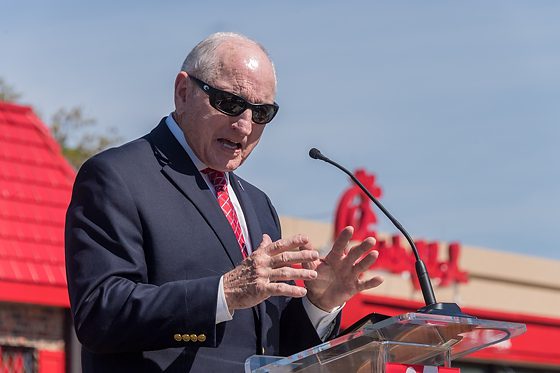Fake News
Turn on the news or pick up a newspaper today, and there most likely have been articles about how to spot “Fake News.” Sadly it would help if you did a lot of research sometimes.
Some sites intentionally write false, humorous stories under the satire genre. A prime example is An Onion. Many people realize The Onion is a satirical publication. But if there’s any doubt, it’s pretty straightforward if you click on the site’s “About Us” tab.
One of the easiest ways to determine whether a news story is legitimate is to check it against the stories posted on other reputable sites.
If sites like The New York Times, CBS, or CNN run the same story, it’s likely true.
Here are some tips that many of these stories all say to look for:
1. Pay attention to the domain and URL
2. Read the “About Us” section
3. Look at the quotes in a story
4. Look at who said them
5. Check the comments
6. Reverse image search
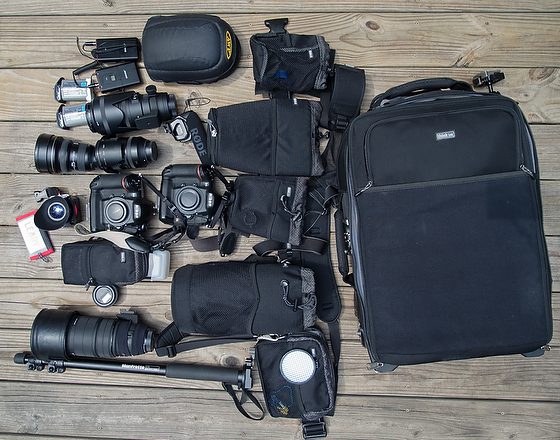
Product Endorsers
First, I have many friends affiliated with Nikon, Canon, Sigma, Fuji, and Sony. Most of them do a great job of letting you know they are affiliated with these companies. I listen to them and take their advice many times. One of my favorites through the years is Bill Fortney. Formerly Bill was a Nikon Representative. Today he is retired but now a Fuji X-Photographer and does incredible work.
However, nothing ticks me off more lately in the photography industry than those photographers who are not forthcoming with their affiliations with manufacturers. The Federal Trade Commission doesn’t like it either and will come after you.
Here’s the golden rule behind all FTC guidelines: conspicuous disclosure must occur in advance if money changes hands.
As a person reading blogs and articles, you must be careful in this industry. Many who are compensated in some way are not disclosing this to you as the reader.
Endorsers seldom talk about other gear that may work as well or even better than what they recommend. You see their excellent work and think I can shoot like them if I buy that piece of equipment.
While I am first to say it is always the photographer and not the gear that is the main factor in getting a great photo, there are times when camera gear will let you take a picture; otherwise not possible.
I think the bottom line is that I want those photographers endorsing a product to be sure that the audience is aware that they have stepped into the Manufacturer’s Show Room when they are reading the comments.
Photographers being endorsed when they tweet need to generally start the tweet with the words “Ad:” This applies whether you’re using Sponsored Tweets, Promoted Posts, etc., or using paid evangelists or spokespeople who are promoting on your behalf.
This is a great post showing examples of how and not to Tweet. http://www.shiftcomm.com/blog/how-should-you-handle-the-new-ftc-social-media-regulations/
Corporate sponsors like Nikon, Canon, Sony, Sigma, or any other business expect you to be their representative to the public. All of them have you signing an agreement for which you will be compensated somehow.
Sponsorships for photographers can be huge for no reason other than showing a major manufacturer endorsing you. This is great for marketing purposes.
At this moment, I had never had a relationship for which I have been compensated by a company other than recently when I signed up to be an Amazon Affiliate. However, I only make money if someone clicks on my link and buys something. While I may make a tiny percentage of the sale, the cost to the consumer is the same.
One of my favorite corporate-sponsored photographers is Bill Fortney. He always tells people he worked for Nikon and then gave you advice. Sometimes he would be honest and even say while I work for Nikon, I would buy this instead. Now, if he did this too much, I am sure Nikon would have fired him. Bill had found a way to be a transparent Nikon representative that made me listen more to him and take a lot of his advice. I felt like he was looking out for me.
How to know if someone is a Sponsor
1. Find their website and see if they are listed as
a. Nikon Ambassador
b. Canon Explorers of Light
c. Sony Artisan
d. Fuji X-Photographers
e. Sigma Pros
2. Do they post material without revealing their affiliation
a. Tweets
b. Facebook
c. Instagram
I don’t care how great a photographer’s work is, be careful in listening to any photographer being compensated for promoting any gear, software, or product of any kind.
My advice to you is before you buy gear based on a pro’s recommendation, know if they are endorsed and receive compensation of any sort from that manufacturer. If they are, look for some users who are not supported and see what they are saying. Most of the online camera stores now have a comments section that often is more revealing of gear than these spokespersons.


